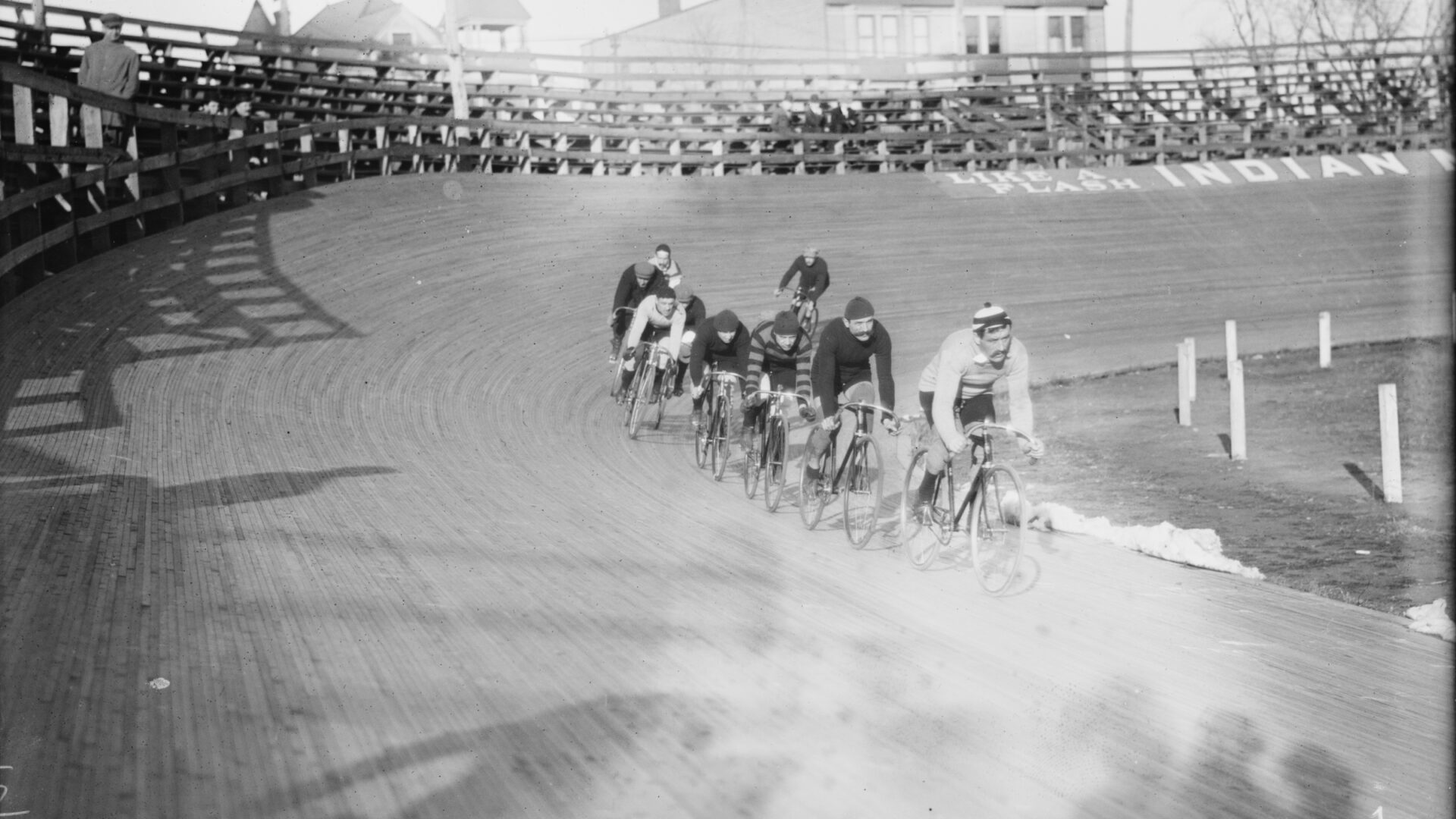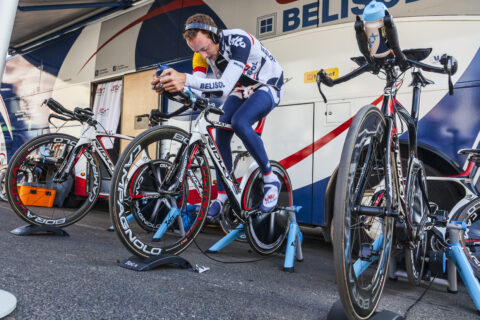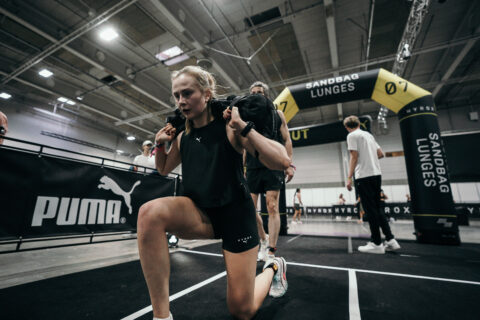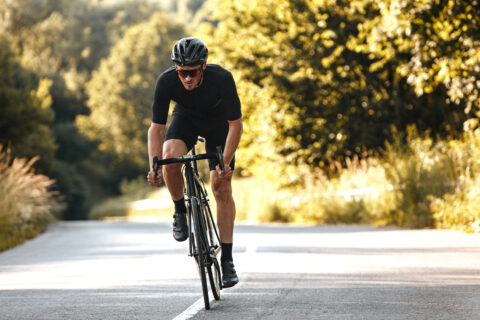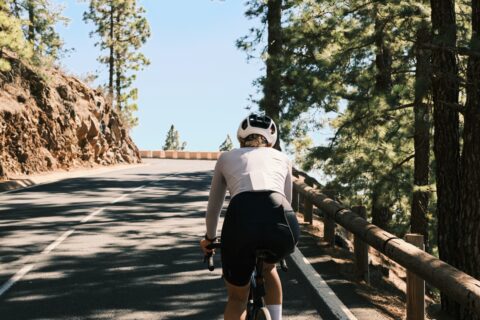The early European cycling scene was convinced that more miles and more racing made champions. By the 1980s, a new generation of pros was redefining the goal and the roadmap to get there.
The early European cycling scene was convinced that more miles and more racing made champions. By the 1980s, a new generation of pros was redefining the goal and the roadmap to get there.
